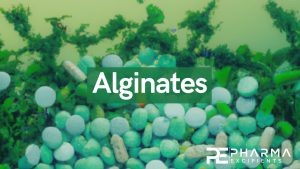Comparison of the Behavior of 3D-Printed Endothelial Cells in Different Bioinks

Biomaterials with characteristics similar to extracellular matrix and with suitable bioprinting properties are essential for vascular tissue engineering. In search for suitable biomaterials, this study investigated the three hydrogels alginate/hyaluronic acid/gelatin (Alg/HA/Gel), pre-crosslinked alginate di-aldehyde with gelatin (ADA-GEL), and gelatin methacryloyl (GelMA) with respect to their mechanical properties and to the survival, migration, and proliferation of human umbilical vein endothelial cells (HUVECs). In addition, the behavior of HUVECs was compared with their behavior in Matrigel. For this purpose, HUVECs were mixed with the inks both as single cells and as cell spheroids and printed using extrusion-based bioprinting. Good printability with shape fidelity was determined for all inks. The rheological measurements demonstrated the gelling consistency of the inks and shear-thinning behavior. Different Young’s moduli of the hydrogels were determined. However, all measured values where within the range defined in the literature, leading to migration and sprouting, as well as reconciling migration with adhesion. Cell survival and proliferation in ADA-GEL and GelMA hydrogels were demonstrated for 14 days. In the Alg/HA/Gel bioink, cell death occurred within 7 days for single cells. Sprouting and migration of the HUVEC spheroids were observed in ADA-GEL and GelMA. Similar behavior of the spheroids was seen in Matrigel. In contrast, the spheroids in the Alg/HA/Gel ink died over the time studied. It has been shown that Alg/HA/Gel does not provide a good environment for long-term survival of HUVECs. In conclusion, ADA-GEL and GelMA are promising inks for vascular tissue engineering.
1. Introduction
2.2.1. ADA-GEL
Download the full study as PDF here: Comparison of the Behavior of 3D-Printed Endothelial Cells in Different Bioinks
or read it here
Schulik, J.; Salehi, S.; Boccaccini, A.R.; Schrüfer, S.; Schubert, D.W.; Arkudas, A.; Kengelbach-Weigand, A.; Horch, R.E.; Schmid, R. Comparison of the Behavior of 3D-Printed Endothelial Cells in Different Bioinks. Bioengineering 2023, 10, 751.
https://doi.org/10.3390/bioengineering10070751
Read more on “Alginates as Pharmaceutical Excipients” here:


